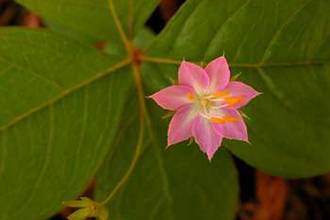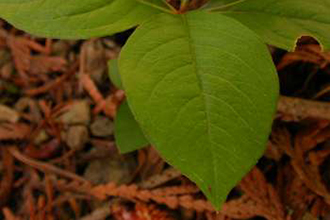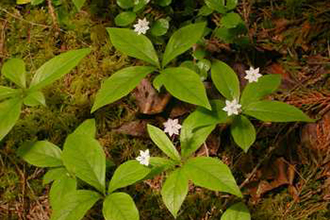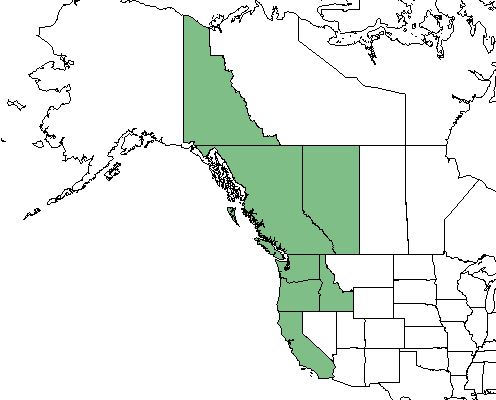Taxonomy: Kingdom - Plantae (plants). Subkingdom - Tracheobionta (vascular plants). Superdivision - Spermatophyta (seed plants). Division - Magnoliophyta(Flowering plants). Class - Magnoliopsida. Order - Primulales. Family - Primulaceae (Primrose family). Genus -Trientalis L. Species - Trientalis borealis Raf.
Ecology: A shade-tolerant/intolerant, submontane to subalpine, Western North American forb distributed equally in the Pacific and Cordilleran regions. Occurs in cool temperate and cool mesothermal climates on moderately dry to fresh, nitrogen-medium soils; its occurrence decreases with increasing elevation and latitude. Scattered to plentiful on water-shedding sites, less frequent on water-receiving sites. Usually associated with Acer glabrum, Kindbergia oregana, Mahonia nervosa, and Polystichum munitum. Characteristic of youngseral forests.



